Patricia A. Morreale, Kornel Terplan0849333377, 9780849333378
Table of contents :
THE CRC HANDBOOK OF MODERN TELECOMMUNICATIONS……Page 2
Acknowledgments……Page 5
Foreword……Page 6
Editors-in-Chief……Page 7
Contributors……Page 9
Contents……Page 10
1.1.1 Definition……Page 13
Table of Contents……Page 0
1.1.3.2 Stored Program Control (SPC)……Page 14
1.1.4 Introduction of IN……Page 15
1.1.5 Benefits of INs……Page 16
1.1.6 Local Number Portability……Page 17
1.1.7 The Call Model……Page 18
1.1.8.1 AIN Release 1 Architecture……Page 19
1.1.8.2 AIN Release 0……Page 20
1.1.8.4 AIN 0.1: SSP–SCP Interface……Page 21
1.1.8.5 AIN Release 0.2……Page 22
1.1.9.3 Digit Extension Dialing Service……Page 23
1.1.9.4 Disaster Recover Service……Page 24
1.1.9.5 Area Number Calling Service……Page 25
1.1.10Other AIN Services……Page 26
Acronyms……Page 28
1.2.2 Basic Definitions……Page 30
1.2.3 A Brief History of CTI……Page 31
1.2.4 Components and Models……Page 33
1.2.4.1 Media Processing……Page 34
1.2.4.2 Call Control……Page 36
1.2.4.3 First-Party and Third-Party CTI……Page 37
1.2.6 Conclusion……Page 41
1.3.2 Applications for Voice over IP (VoIP)……Page 42
1.3.3 A Component-based Overview……Page 44
1.3.4 Keys to Successful Deployment……Page 49
1.4.1.2 Reference Model……Page 50
1.4.1.3 Overview of the Major MAC Standards……Page 51
1.4.2.1 Frame Structure……Page 52
1.4.2.2 Sample Frame Transmission……Page 53
1.4.2.3 Carrier Sense Multiple Access……Page 54
1.4.2.4 Adding Collision Detection……Page 55
1.4.2.4.1 Collision Backoff Scheme……Page 56
1.4.2.5 CSMA/CD System Components……Page 58
1.4.2.6 Example Implementations……Page 59
1.4.2.6.3 1BASE5……Page 60
1.4.2.7.1 Repeaters……Page 61
1.4.2.8.1 Fast Ethernet (100 Mbps) Overview……Page 62
1.4.2.8.2 Gigabit Ethernet (1000 Mbps) Overview……Page 63
1.4.3 IEEE 802.2 Logical Link Control Layer……Page 65
1.4.4 Building Cabling Specifications……Page 66
References……Page 67
1.5.1 Topology……Page 68
1.5.4 Priority Feature……Page 69
1.5.7.1 Tokens……Page 70
1.5.7.2 Frames……Page 71
1.6 Summary……Page 72
Introduction……Page 75
2.1.1.1.2 Improved Customer Service……Page 76
2.1.2 Intranet Planning and Management……Page 77
Technical Support Skills Checklist……Page 78
2.1.2.4 Funding Growth……Page 79
2.1.2.7 Organizational Challenges……Page 80
2.1.3.1.3 Connecting to the Internet……Page 81
Web Browsers……Page 82
Uniform Resource Locator (URL)……Page 83
HTML — The Language of the World Wide Web……Page 84
Network Computers……Page 85
2.1.4.1 Network Requirements……Page 86
Novell NetWare (IPX/SPX)……Page 87
2.1.4.4 Web Server Software……Page 88
NetWare Web Server……Page 89
2.1.5.1 Information Organization……Page 90
2.1.5.2 Content Structure……Page 91
Functionality Checklist……Page 92
2.1.5.7 Training and Support……Page 93
Conversion of Paper Documents Into Electronic Form……Page 94
Standardizing Hardware and Software……Page 95
2.1.7.1 Firewalls……Page 96
2.1.7.1.1 Firewall Architectures……Page 98
2.1.7.3 Encryption……Page 99
2.1.7.3.6 Secure Socket Layer (SSL)……Page 100
2.1.8 Summary……Page 101
2.2.1 Physical Security……Page 102
2.2.6.1 IP Spoofing……Page 103
2.3 Virtual Private Networking Solutions……Page 104
2.3.1.1 Point-to-Point Tunneling Protocol (PPTP)……Page 105
2.3.1.2 Layer 2 Forwarding (L2F)……Page 107
2.3.1.3 L2TP……Page 108
2.3.2.1 IPSec……Page 110
2.3.3 Frame Relay……Page 111
2.4 Effective Website Design……Page 112
2.4.3 A System for Measuring Effectiveness……Page 113
2.5.1 Introduction……Page 114
2.5.2.3 Data Marts……Page 115
2.5.3.1 Benefits……Page 116
2.5.3.2 Making it Happen……Page 117
2.5.3.3 Obstacles and Limitations……Page 119
2.5.4.2 Startup DSS Vendors……Page 120
2.5.5 Future Trends……Page 121
References……Page 122
2.6 E-commerce Technologies: A Strategic Overview……Page 123
2.6.1.1 Client Systems……Page 124
2.6.1.3 Front-end Systems……Page 125
2.6.1.4 Back-end Systems……Page 126
2.6.2.1 High Cost of Small Errors……Page 127
2.6.2.4 Security……Page 128
2.7 Internet Protocols……Page 129
2.7.1 Addressing for Internet……Page 130
IP……Page 131
2.7.4 Types of Internet Access……Page 132
SMTP……Page 133
FTP……Page 134
2.7.9 Mailing Lists in Internet……Page 135
2.7.11 Netscape and Microsoft……Page 136
Glossary of Intranet Acronyms and Terms……Page 137
Network Management and Administration……Page 141
Introduction……Page 142
3.1.1.1 Communications General Model……Page 144
3.1.1.2 Network Management General Model……Page 145
3.1.2.1 High-level Management Functions……Page 146
3.1.3.1 Management Basic Model……Page 147
3.1.3.2 Management Views and Associated Models……Page 148
3.1.3.3 Management Domains……Page 150
3.1.4.1 Open Systems Conceptual Model……Page 151
3.1.4.3 Requirements for Open Management Systems……Page 152
3.1.5.2 Distributed Management Systems Architectures……Page 153
3.1.5.3 In-band and Out-of-band Management Systems……Page 154
3.1.6.2 The Manager of Managers……Page 155
3.1.6.4 The Management Platforms……Page 156
3.1.7.1 Management Systems Technical Evolution……Page 157
3.1.7.2 Management Systems Chronological Events……Page 158
3.1.7.3 Management Platforms for Enterprise-wide Management……Page 159
3.2.2.1 Connection-oriented and Connectionless Communications……Page 161
3.2.2.2 Physical and Virtual Circuits……Page 162
3.2.2.3 Switching Technologies……Page 163
3.2.2.5 Multiplexing Technologies……Page 164
3.2.2.7 Control and Congestion Management……Page 165
MIB availability……Page 166
3.2.4.2 Fiber Distributed Data Interface (FDDI)……Page 167
MIB Availability……Page 168
MIB Availability……Page 169
3.2.4.4 Asynchronous Transfer Mode……Page 170
MIB Availability……Page 171
MIB Availability……Page 172
4.1 Introduction……Page 176
4.2 User Needs……Page 177
4.2.1 Types of Users……Page 178
4.2.2.1 Business End-User Needs……Page 179
4.2.2.2 Mobile Professional End-User Needs……Page 181
4.2.2.3 SOHO End User Needs……Page 182
4.3 Application Trends……Page 186
4.2.4 Residential End-User Needs……Page 184
4.3.1 Application Functionality……Page 187
4.3.1.1 Internet Applications……Page 188
4.3.1.2 Email Applications……Page 189
4.3.1.3 Video Conferencing Applications……Page 190
4.3.1.5 Enhancements to Traditional Services……Page 191
4.3.2 Functionality Implementation……Page 192
4.3.2.1 Internet Functionality Implementation……Page 193
4.4.1 Introduction……Page 194
4.4.2 Drivers for Integration……Page 195
4.4.3 Integration for Service Providers……Page 196
4.4.4 Integration for Business Users……Page 198
4.4.6 Integration for SOHO Users……Page 200
4.4.7 Integration for Residential Users……Page 201
4.5.1 Introduction……Page 202
4.5.2 Drivers and Constraints……Page 203
4.5.3 New Service Creation……Page 205
4.5.4 Increasing Bandwidth……Page 206
4.6.1 Introduction……Page 208
4.6.3 Service Pricing Trends……Page 209
4.6.4 Impact of New Technologies……Page 211
4.7.1 Introduction……Page 212
4.7.2 The Players……Page 213
References……Page 216

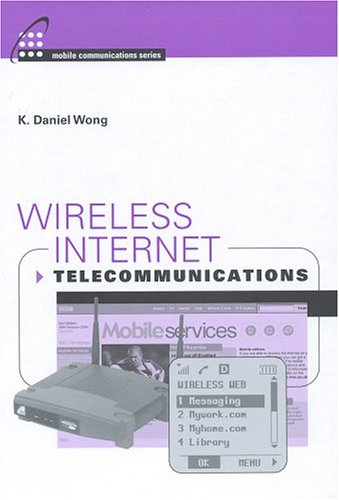
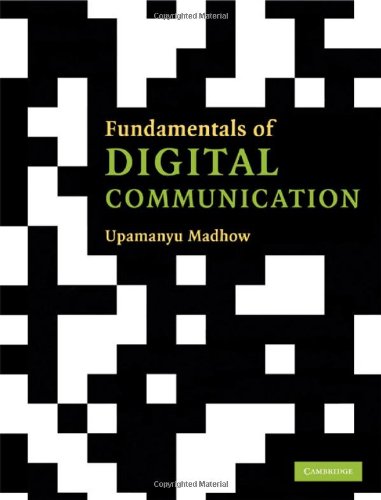
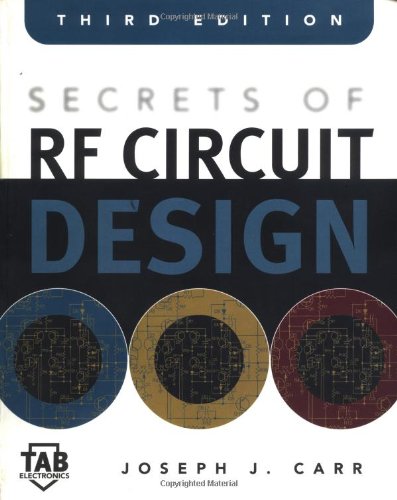
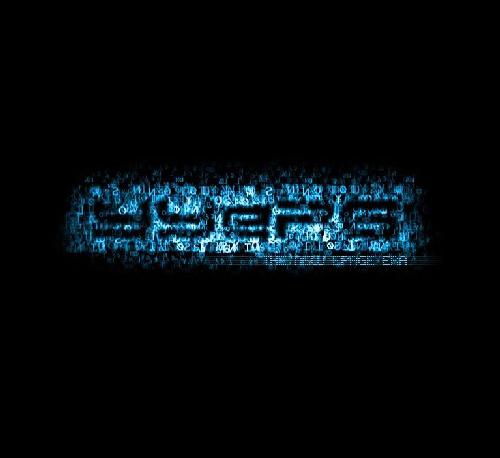
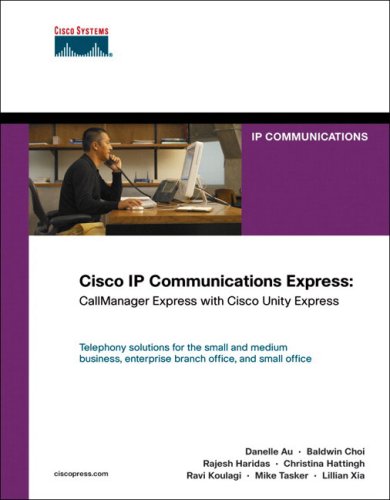


Reviews
There are no reviews yet.